
Introduction
Overview of Arm Roast and Chuck Roast
When it comes to savory, hearty beef cuts, arm roast and chuck roast often come to mind. These two cuts are derived from the shoulder region of the cow, making them perfect candidates for slow cooking methods.
- Arm Roast: Known for its tenderness and juicy flavor, the arm roast is specifically loved for pot roasts and braised dishes. It features a round bone and relatively lean meat, making it a versatile choice for a range of recipes.
- Chuck Roast: A little tougher but equally flavorful, chuck roast comes from the neck and shoulder area, renown for its marbling and fat content. This makes it ideal for beef stews and classic oven roasts.
Both cuts bring a robust flavor to your table, but the way they are prepared can significantly impact their taste and tenderness.
Purpose of the Guide
This guide aims to clarify the differences between arm roast and chuck roast. Whether you're looking to impress guests or simply enjoy a delicious meal at home, understanding these cuts can make all the difference. By the end, you'll be equipped with knowledge on:
- Selection and preparation methods
- Cooking techniques and tips
- Nutritional comparison
Let’s embark on this delectable journey to master these two popular cuts!
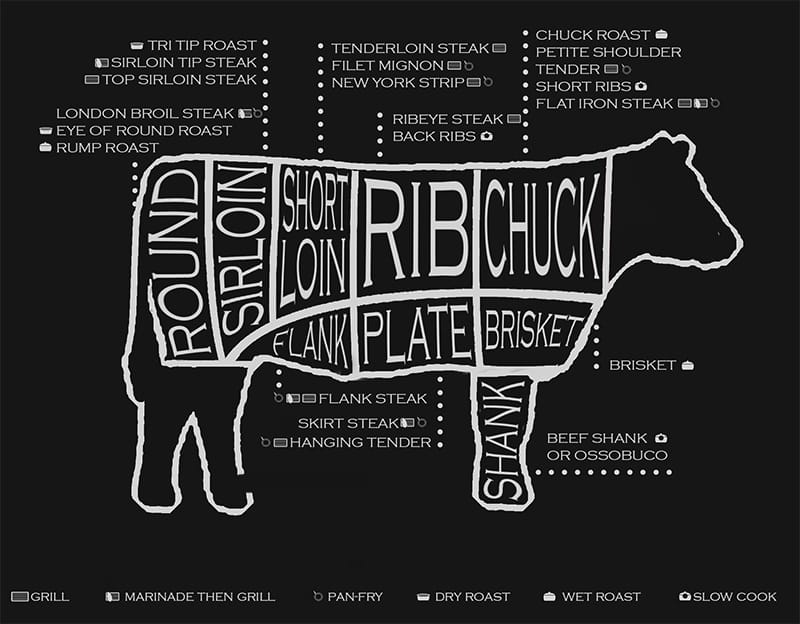
Understanding Arm Roast
Definition of Arm Roast
The arm roast is a well-known cut of beef that comes from the shoulder area of the cow. This primal cut can also be referred to as arm chuck roast, clod roast, or even pot roast. Each term highlights its suitability for various cooking methods.
Characteristics and Texture
What sets the arm roast apart is its tender texture and rich flavor. Compared to chuck roast, it typically has a leaner profile with:
- Tenderness: Arm roasts are generally more tender than their chuck counterpart.
- Flavor: A savory beef taste that shines through when cooked properly.
- Bone Structure: Often includes a round bone that enhances flavor during cooking.
This cut is perfect for those who enjoy a juicy, mouthwatering meal without the excess fat of other cuts.
Best Cooking Methods
To truly bring out the flavors of an arm roast, consider these cooking techniques:
- Slow Cooking: Ideal for pot roast recipes, allowing the meat to break down beautifully.
- Braising: A great option to infuse the meat with rich, savory flavors.
- Grilling: Smaller pieces, such as Swiss steak, can be grilled for a delicious alternative.
Utilizing these methods will ensure your arm roast is a hit at dinner!
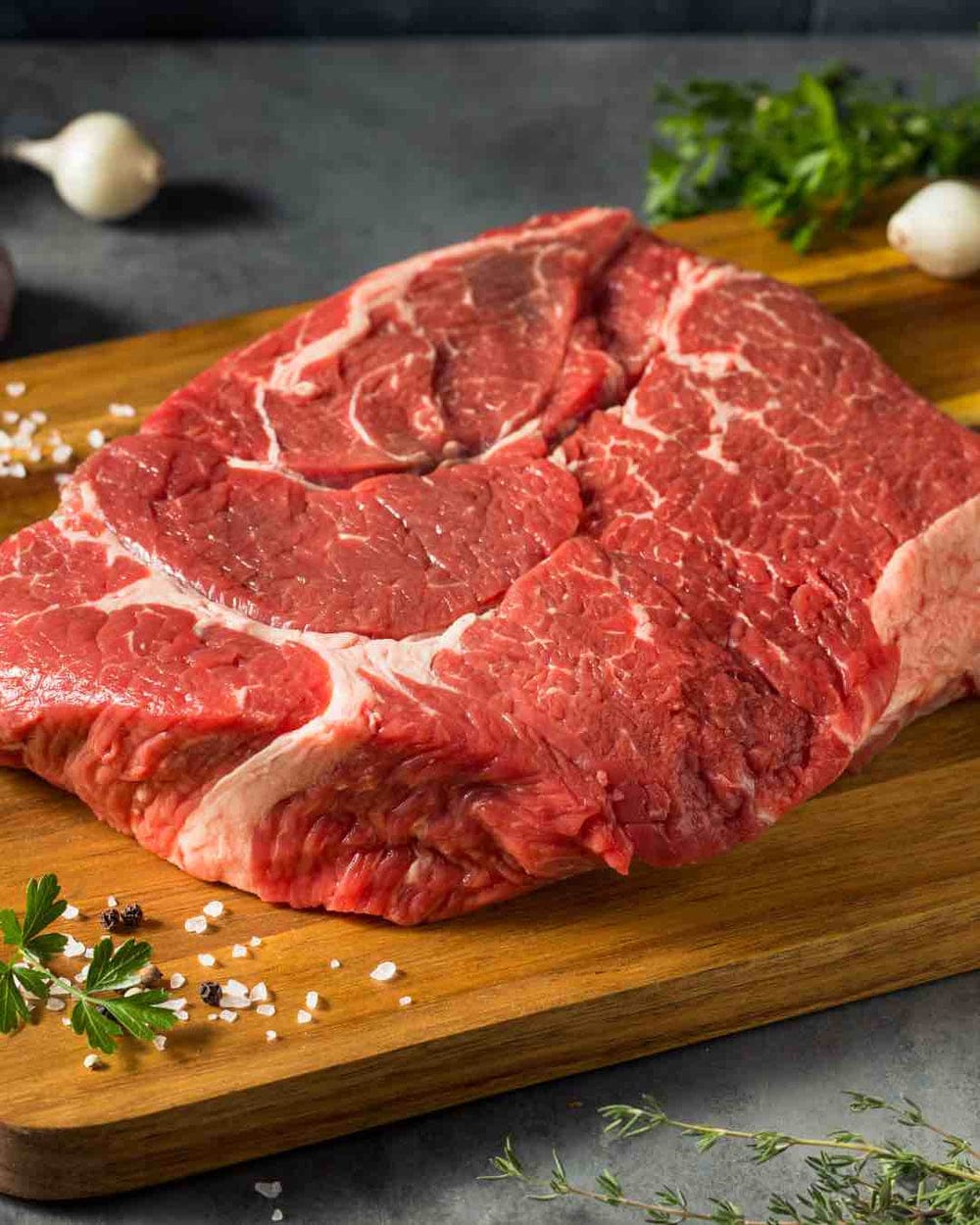
Understanding Chuck Roast
Definition of Chuck Roast
Chuck roast, often known as blade roast, is a flavorful and hearty cut of beef derived from the area between a cow’s neck and shoulder. This primal cut is recognized for its affordability and versatility, making it a staple in many kitchens. It can also be used as a flat-iron steak or ground beef, depending on your culinary needs.
Characteristics and Flavor Profile
What makes chuck roast a favorite among home cooks is its robust flavor and texture. Here’s what to expect:
- Texture: Chuck roast may be slightly tougher than arm roast, mainly due to its higher connective tissue content. However, this means when cooked low and slow, it becomes incredibly tender.
- Fat Content: With a higher fat ratio and marbling, chuck roast offers a rich, beefy flavor, making it ideal for heartwarming meals.
- Flavor: When cooked properly, it yields a satisfying depth of flavor that can elevate any dish.
Recommended Cooking Techniques
To unlock the full potential of chuck roast, consider these cooking methods:
- Braising: Cooking it in a flavorful liquid—like broth or wine—helps tenderize this cut.
- Slow Cooking: A slow cooker or Dutch oven is perfect for making a delicious pot roast, consisting of root vegetables alongside the beef.
- Oven Roasting: It can also be roasted in the oven, leading to a comforting and hearty meal.
By employing these techniques, you’ll have a crowd-pleaser on your hands!
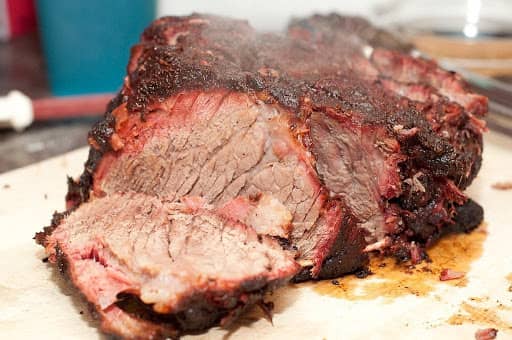
Arm Roast vs Chuck Roast: The Differences
Variations in Cut and Location
Understanding where these cuts come from can help you make better decisions in the kitchen. The arm roast is primarily cut from the shoulder area of the cow, specifically from the lower section. In contrast, the chuck roast comes from the upper section of the shoulder, closer to the neck. This subtle difference influences their cooking characteristics.
- Arm Roast: Defined by its compact, rectangular shape and leaner profile.
- Chuck Roast: Typically irregularly shaped with more marbling and fat.
Variations in Taste and Texture
Taste and texture are key differentiators:
- Arm Roast: Known for its tenderness and savory flavor, making it a prime choice for pot roasts.
- Chuck Roast: While slightly tougher, it’s rich in flavor due to its higher fat content, which breaks down beautifully during cooking, imparting a hearty taste.
Variations in Cooking Applications
Both roasts shine in different culinary scenarios.
- The arm roast is fantastic for braising and can be grilled or roasted with success.
- The chuck roast, with its robust flavor, is excellent for stews, braises, and traditional pot roasts.
Choosing the right roast can elevate your meal, ensuring a delightful dining experience!
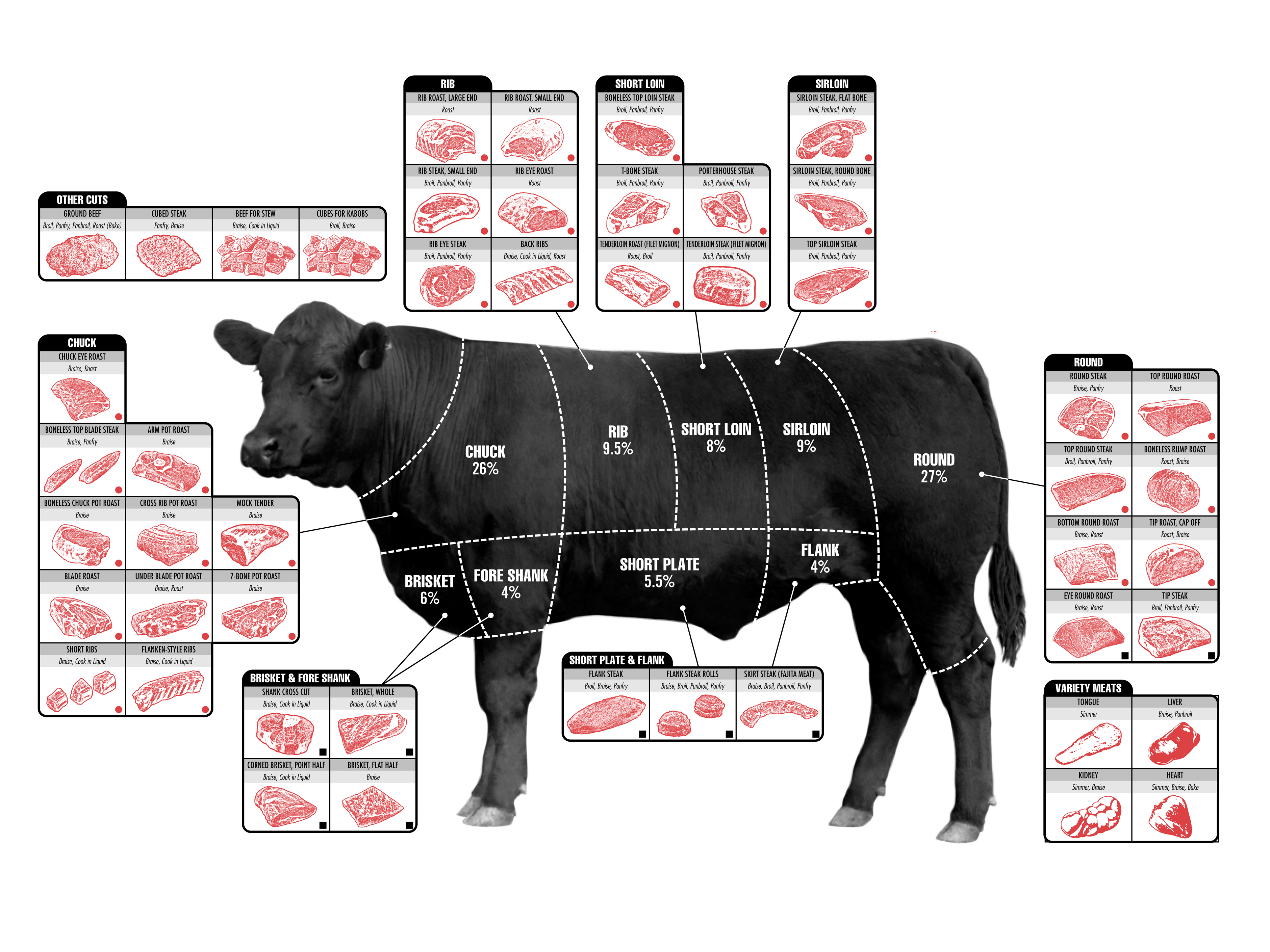
Choosing Between Arm Roast and Chuck Roast
Factors to Consider
When deciding between arm roast and chuck roast, several factors should guide your choice:
- Tenderness: If you prefer a more tender bite, go for the arm roast. It’s generally softer and easier to chew, making it ideal for classic pot roasts.
- Fat Content: Chuck roast has a higher fat ratio and more marbling, bringing that juicy, beefy flavor. This might be perfect for those who enjoy rich, savory dishes.
Comparison of Cost and Availability
Cost can play a significant role in your decision:
- Arm Roast: Tends to be slightly pricier due to its tenderness and leaner cut, typically ranging from $7 to $12 per pound.
- Chuck Roast: Generally more affordable, priced around $5 to $10 per pound, making it appealing for budget-conscious shoppers.
Both cuts are widely available at grocery stores and butcher shops, so you shouldn’t have trouble finding them.
Popular Recipes for Each Cut
Both cuts can shine in the kitchen:
- Arm Roast: Perfect for pot roast, braised dishes, and grilling smaller cuts like Swiss steak.
- Chuck Roast: A great choice for beef stew, hearty braised dishes, and even smoky BBQ pulled beef sandwiches.
Whichever you choose, you’re set for a delicious meal!
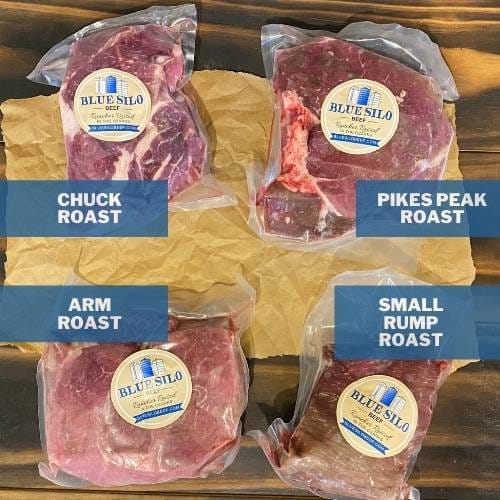
Nutritional Comparison
Calorie and Fat Content
When it comes to choosing between arm roast and chuck roast, understanding their nutritional profiles is crucial. For instance:
- Arm Roast: Generally lower in calories and fat, making it an excellent choice for those looking to maintain a lighter diet.
- Chuck Roast: Higher in fat content, as it has more marbling, which contributes to its rich flavor but also adds more calories.
A standard serving of chuck roast can contain about 239 calories and 17.4g of fat, while an arm roast will typically be less, depending on the exact cut.
Protein and Vitamin Levels
Both cuts pack a protein punch, which is essential for muscle building and repair:
- Chuck Roast: Offers about 19.3g of protein per serving, making it a robust source for those looking to boost their protein intake.
- Arm Roast: Also provides a substantial amount, ideal for muscle recovery after workouts.
Additionally, both roasts are good sources of vital vitamins, particularly B vitamins like B12 and B6, which are important for energy metabolism.
Health Benefits and Considerations
Choosing the right roast isn’t just about taste; consider the health benefits too:
- The higher fat content in chuck roast may contribute to increased calorie intake, but the richness can also enhance satiety, helping you feel fuller longer.
- The leaner arm roast is better for those aiming for a low-fat diet, yet still delivers delicious flavor.
Understanding these nutritional aspects can help you make an informed choice that best fits your dietary needs!
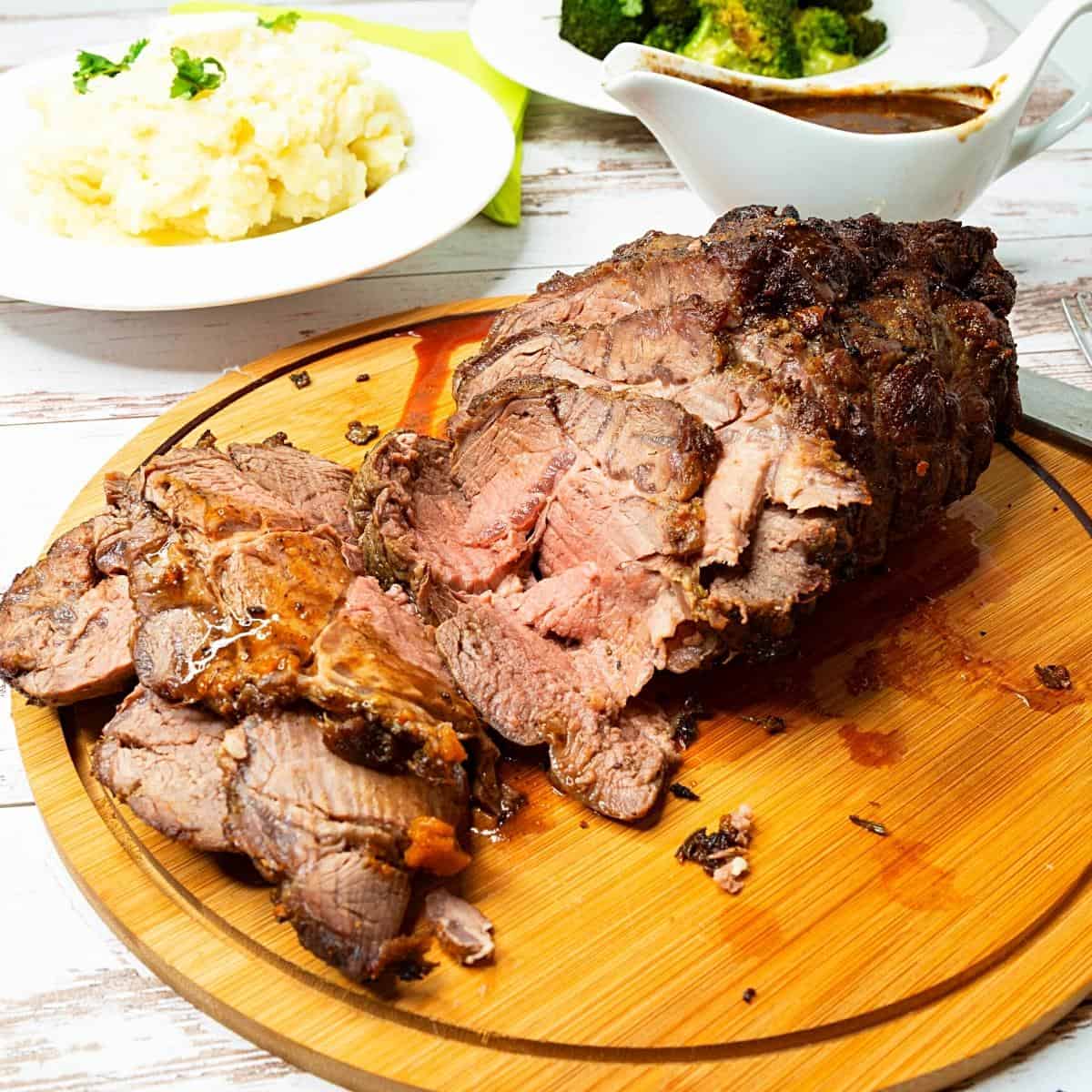
Cooking Tips and Techniques
Marinating Suggestions
Marinating your beef roast can elevate the flavors and tenderize the meat. For both arm and chuck roasts, consider using a marinade that includes:
- Acid: Ingredients like vinegar, lemon juice, or yogurt help break down tough fibers.
- Seasonings: Fresh herbs, garlic, and soy sauce add a savory depth.
- Duration: Aim to marinate for at least 2 hours, or overnight for deeper flavor penetration.
A simple marinade can consist of olive oil, garlic, rosemary, and balsamic vinegar to create a delightful complement to your roast.
Cooking Temperatures and Times
Cooking times will vary based on the cut and method you choose. Here are some guidelines:
- Arm Roast: Ideal at 325°F (163°C) for about 20-25 minutes per pound for a tender result.
- Chuck Roast: For a perfect pot roast, slow-cook on low heat (about 275°F/135°C) for approximately 40-50 minutes per pound.
Using a meat thermometer ensures you achieve the desired doneness!
Serving and Pairing Recommendations
For a delightful meal, consider pairing your roasts with:
- Vegetables: Root vegetables like carrots and potatoes roasted alongside the meat create a classic comfort dish.
- Sides: Creamy mashed potatoes or a fresh green salad can brighten up your plate.
- Wine: A robust red wine, like a Cabernet Sauvignon, complements the rich flavors beautifully.
Combining these elements will create a deliciously satisfying dining experience!
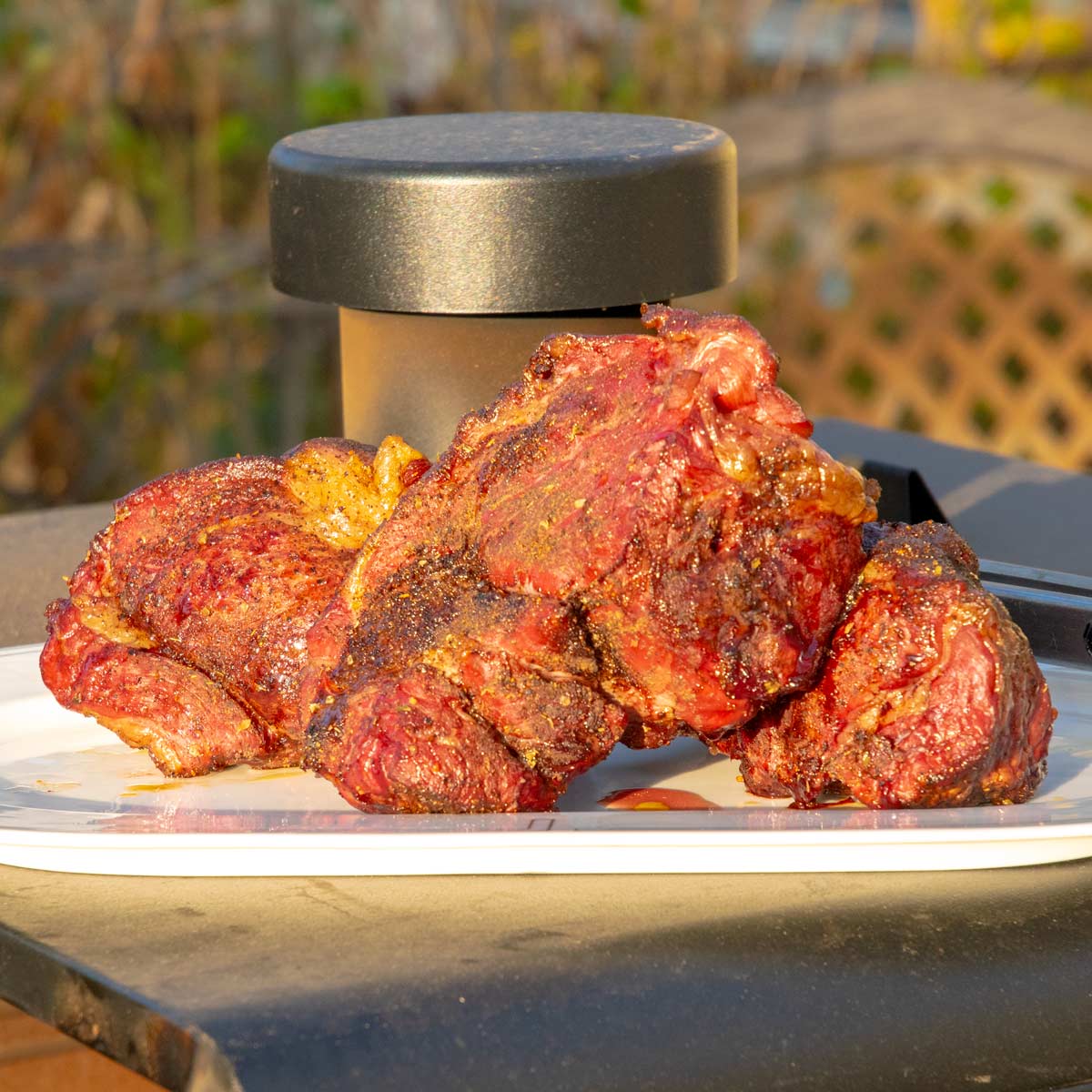
Frequently Asked Questions (FAQs)
Differences in Tenderness?
One of the most common questions when choosing between arm roast and chuck roast is about tenderness. In general, the arm roast is considered more tender due to its leaner cut and the muscle fibers being less exercised compared to chuck roast. This makes it an ideal candidate for dishes that highlight tenderness, such as pot roast or braised dishes. Chuck roast, while still delicious, tends to be a bit tougher because of its higher connective tissue content. With the right slow-cooking methods, though, chuck roast can become incredibly tender and flavorful.
Can They Be Used Interchangeably?
While arm roast and chuck roast have unique characteristics, they can often be used interchangeably in recipes, particularly for slow-cooked meals. If a recipe calls specifically for one and you have the other on hand, don’t hesitate to substitute! Just be mindful that the final texture and flavor may slightly differ.
Which is Better for Slow Cooking?
Both cuts excel in low-and-slow cooking methods, making them perfect for slow cookers and braising. However, chuck roast is particularly revered for its ability to break down rich marbling, creating a luxurious sauce that complements its robust flavor. Thus, if you’re looking for a rich, hearty dish, chuck roast may edge out as the better option, while the arm roast remains a fantastic choice for less intensive flavors. Either way, you’ll end up with a comforting meal!

Conclusion
Recap of Key Points
As we've explored, both arm roast and chuck roast are versatile, flavorful options perfect for slow cooking and hearty meals. Here’s a brief recap of the key points:
- Tenderness: Arm roasts are generally more tender than chuck roasts due to less connective tissue.
- Fat Content: Chuck roasts contain more marbling, providing a richer flavor while arm roasts are leaner.
- Cooking Methods: Both cuts excel at low-temperature cooking methods such as braising and pot roasting, yielding succulent results.
When selecting between the two, consider your intended cooking method and desired flavor profile.
Final Recommendations
If you’re after tender meat that pairs well with a variety of seasonings, go for the arm roast. It’s ideal for pot roasts or braising. On the other hand, for a more robust flavor and a dish that stands up to bold seasonings, the chuck roast is your best bet, especially for stews and shredded barbecue.
Whichever cut you choose, remember that slow and low is the way to go for perfect results, ensuring a delicious meal that’s sure to satisfy! Enjoy experimenting with flavors, and don’t hesitate to infuse your own personal touch in your cooking process!

A Bergen County institution celebrating authentic Jewish cuisine since 1985. Our pastrami—brined for 14 days, smoked over applewood for 12 hours, and steamed to perfection—creates a melt-in-your-mouth experience that rivals Manhattan’s finest delis. Our rye bread is baked fresh daily using a century-old recipe from Poland. Featured in Food & Wine’s “Top 10 Delicatessens in America” and on Food Network’s “Best Thing I Ever Ate.” Chef Moshe Greenbaum, a third-generation deli master trained at the Culinary Institute of America, ensures every sandwich meets our exacting standards. No wonder our customers drive from three states away.
Leave a Reply